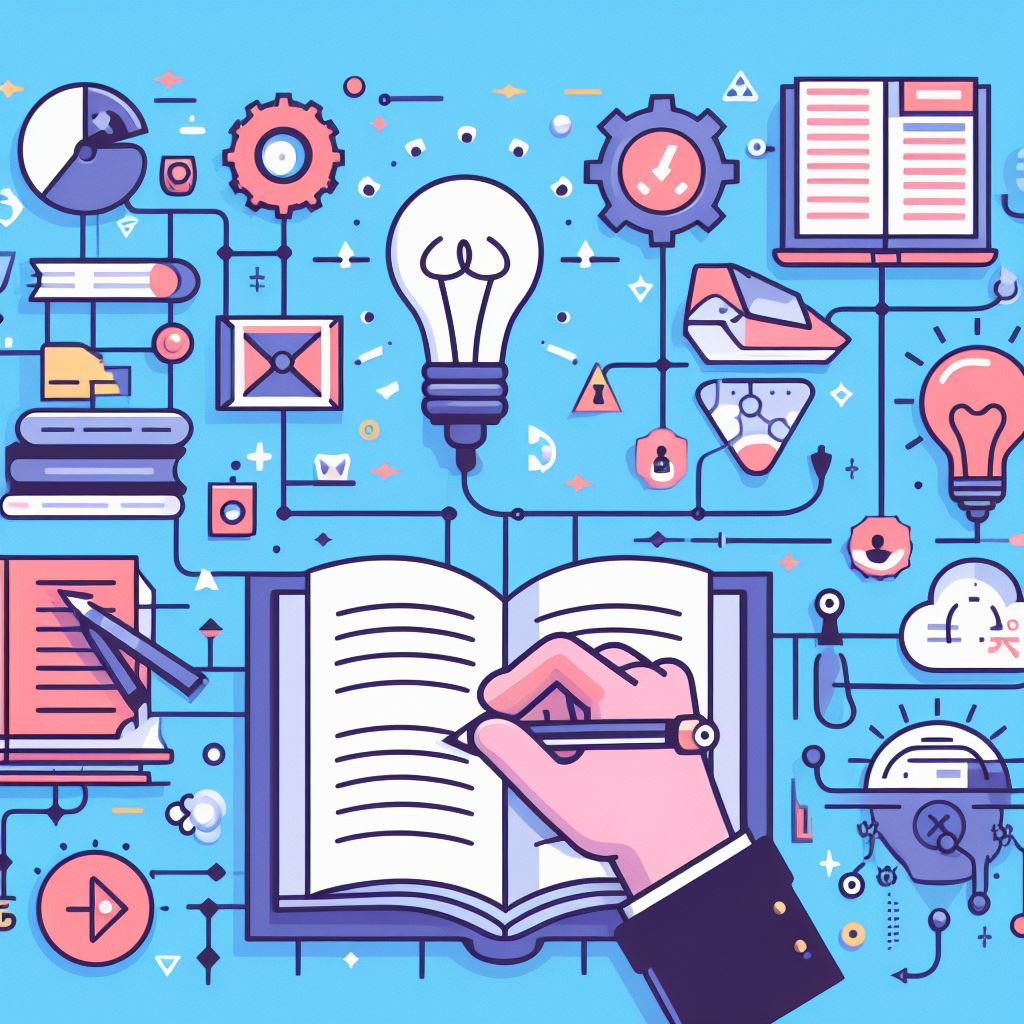
Intro
Often times, it can help make sense of complex information by simplifying and organizing them. A knowledge map (sometimes also known as conceptual map) is a visual simplification of how something works.
When you learn something new, you inevitably start building a knowledge map in your mind, which is why you may also refer to this as a mental model, but often it helps to take a step back and deliberately think about how you want to create your mental model, ideally by drawing out a little knowledge map.
Such knowledge maps are useful for both teachers and students.
From a teacher’s perspective
- Knowledge maps allow better transfer of complex knowledge to students. Often times, breaking down information and visualizing the components makes it easier for students to understand a complex topic.
- This also helps the teacher avoid cognitive overload. A common rule of thumb says that humans cannot grasp more than 7 pieces of information at a time. Having a visual knowldge map often allows teachers to realize that they need to simplify.
From a student’s perspective - A knowledge map is a compact way of representing a topic or concept, making it easier to grasp the various components and how they relate or interact. - Organizing information visually and mentally also helps transfer knowledge into long term memory, as opposed to short-term memory. - It’s a great way to summarize a lesson, which you can revisit at the start of the next lesson. This might help you connect ideas effectively from one week of the course to the next.
The mental models that students create are of course heavily influenced by the teacher’s own mental models. But sometimes you may want to create your very own in a way that makes most sense to you. And for that, drawing out a knowledge map is one of the best approaches.
Example 1: An API Call
Let’s go through two examples. The first one is a very simple knowlegde map of an API call. We will take the ChatGPT user interface (where you type in a message and get a response from the AI) as our example.

In words: You (the user) interacts with the UI through your internet browser. When you type a message and click “send”, an API call is made from your browser to OpenAI, the creator of ChatGPT. OpenAI runs your message through their AI system and returns the response. Importantly, the API as well as the response have a standardized, agreed upon format, otherwise the communication fails.
Example 2: Training and Evaluating a ML Model
Our second example is the process of training and evaluating a machine learning model, a typical task of a data scientist. You learn about this in our DS202 course in detail, so here is what this process typically looks like.

In words: You start by splitting the data into a training and test set. Using the training data only, you fit a machine learning model (eg a linear regression). You then use your fitted model and evaluate its performance using the validation data. The reason for this train/test split is that we always want to evaluate the performance of the model on an unseen, separate data set, which is more reliable.
Conclusion
Knowledge maps can help visually organize information. If you find yourself struggling to grasp a concept, try visualizing it. Chances are, you will realize along the way what is missing, and once you have you knowledge map, you won’t forget it.
There is no right or wrong here really, every knowledge map looks different, and it just has to work for you. But here are some general tips:
- keep it simple - you don’t need to visualize every detail, but you can add the ones that are most important to you
- keep evolving your concept map - if you learn something new, you may realize that you need to update your mental model
- share your concept map with someone else - they may agree or disagree with your version, but together you can arrive at an even better one
- advance tip - if you feel especially motivated, you can even draw Quarto diagrams using code.
Just give it a try and see how it works for you.
